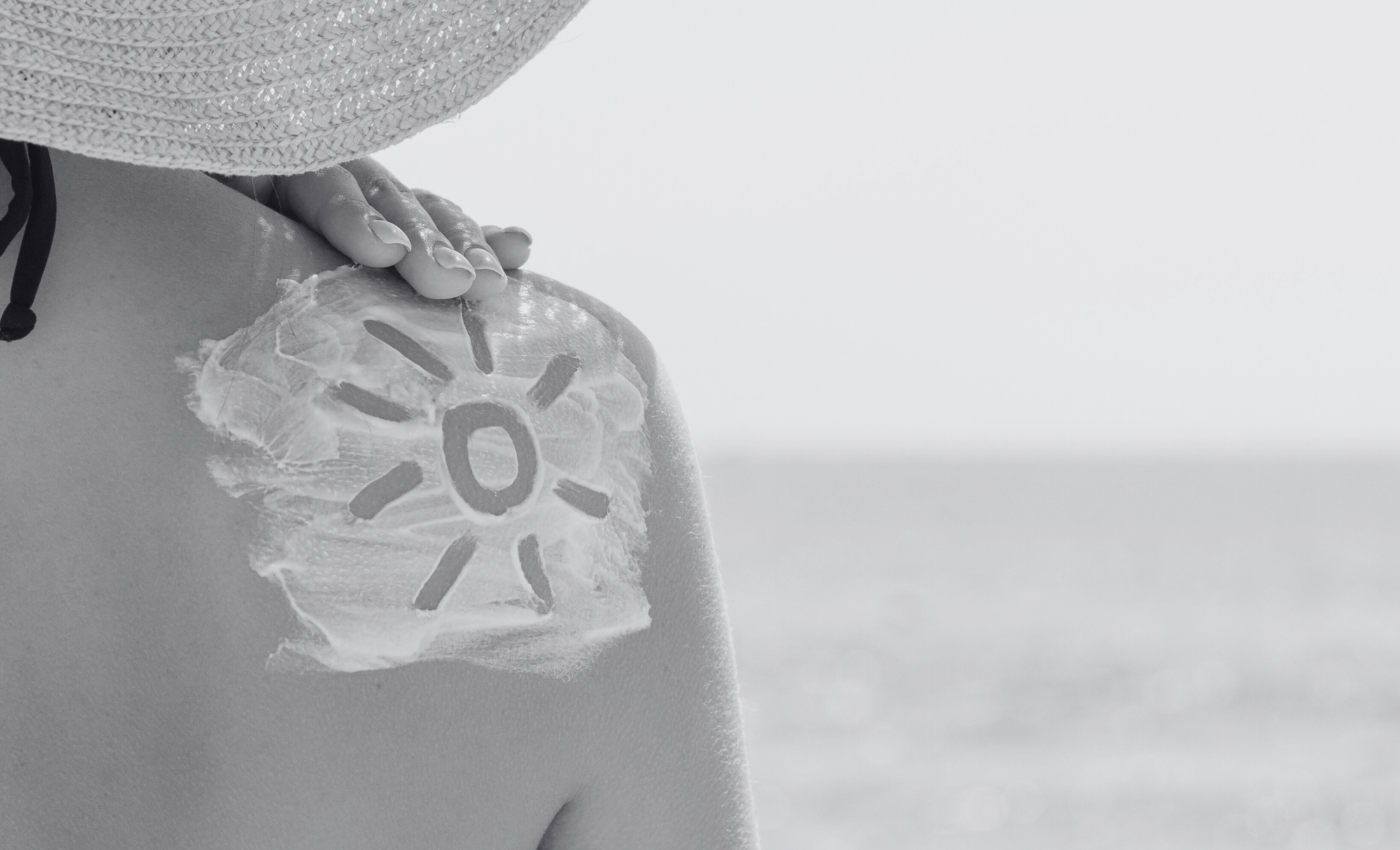Why Your Sunscreen Might Be Aging You Faster
A Quantum Biologist’s Take on Skin, Light, and Mitochondria
We’ve all been told:
“Wear sunscreen every day to protect your skin from UV damage and cancer.”
But what if the sunscreen you’re using every day is actually accelerating your skin’s aging process?
From a quantum biology perspective, it’s not just about SPF. It’s about how sunlight interacts with your cells, your mitochondria, and certain chemical ingredients that could be causing more harm than good.
Let’s dive into the science behind sunscreen and skin aging, and what you can do instead.
Chemical Sunscreens and ROS: What You’re Not Being Told
When chemical sunscreens absorb UV rays, they can trigger something called Reactive Oxygen Species (ROS), unstable molecules that, in excess, cause oxidative stress.
Here’s why ROS matter:
- They damage DNA
- Oxidize lipids, leading to fine lines and wrinkles
- Disrupt mitochondrial function (which affects skin repair)
- Increase long-term cancer risk
Common sunscreen ingredients that generate ROS:
| Chemical | Risk |
|---|---|
| Oxybenzone | Creates free radicals and disrupts hormones |
| Octinoxate | Breaks down into harmful byproducts in UV light |
| Avobenzone | Unstable, forms toxic aromatic radicals |
| Octocrylene | Continues producing oxidative stress even after sun exposure |
Even mineral sunscreens aren’t immune, especially if they contain nano zinc oxide or titanium dioxide, which can also create ROS unless they’re properly coated.
The Quantum Biology Perspective on Sunlight
Quantum biology looks at how light affects your biological systems, especially your mitochondria.
Most of us are overexposed to artificial blue light and underexposed to natural sunlight, especially in the morning. This throws off our circadian rhythm, weakens skin defenses, and makes us more sensitive to UV damage.
Here’s the reframe: Don’t just block the sun. Build resilience through smart, gradual exposure.
Summer Skin Protocol: Smarter Than Sunscreen Alone
Here’s how to enjoy the sun while supporting your skin and cells:
1. Get Early Morning Sun
- 10–15 min on face, arms, and legs
- No sunglasses, no makeup
- Builds solar callus (your body’s natural UV protection)
2. Sync Your Circadian Clock
- Morning sunlight helps regulate hormones and collagen repair
- Reduces oxidative stress
3. Boost Internal Antioxidants
- Eat wild-caught seafood, berries, dark greens, and sulfur-rich foods (like garlic and onions)
4. Use Safer Sunscreen, Only If Needed
- Choose non-nano zinc oxide that’s coated
- Look for third-party testing and proof of photostability
5. Use Smart Timing and Coverage
- Seek shade, wear UV-protective clothing, and avoid sun exposure from 11 AM – 2 PM when possible
It’s Time to Rethink Sunscreen and Skin Aging
The truth? Sunscreen alone won’t save your skin. And the wrong kind could be sabotaging your health at the cellular level.
Understanding how light interacts with biology gives you a more sustainable, skin-friendly approach.
You don’t need to avoid the sun. You need to respect it, and let your body adapt with support from nature, nutrition, and smarter habits.
Download the Guide:
Quantum Summer Skin Protocol: How to Protect Your Skin Without Wrecking Your Mitochondria
✔️ What to eat
✔️ When to go outside
✔️ What products (and ingredients) to avoid
✔️ How to build your skin’s natural defense

View comments
+ Leave a comment